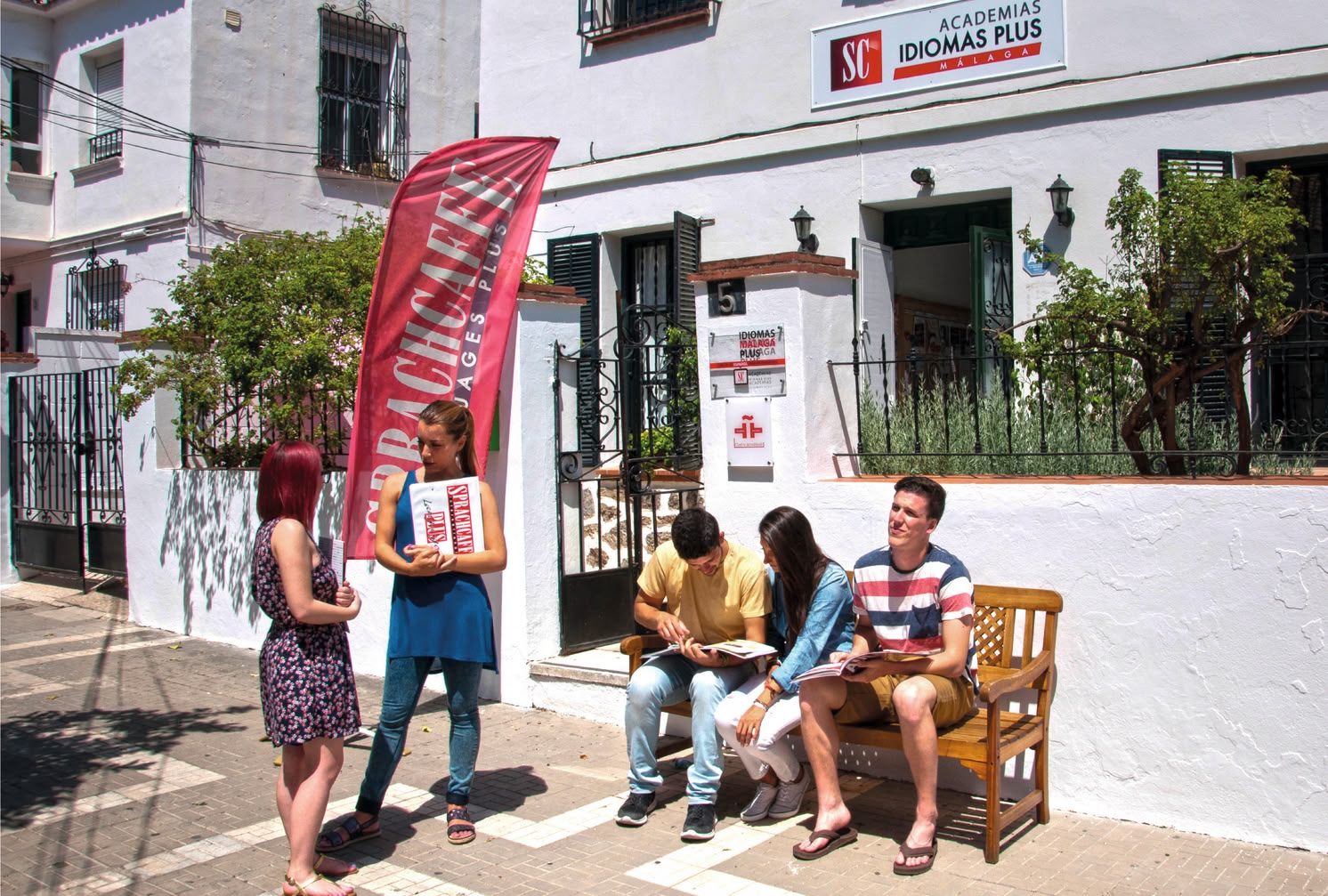
Language travel in Spanish
Take a language trip to Spain or Cuba with Sprachcaffe.
More information »The past perfect past tense of the subjunctive is used to talk about hypothetical or unrealized actions in the past that would have happened before another event in the past. It is formed using the past imperfect subjunctive of the auxiliary verb "haber" followed by the past participle of the main verb.
The pluperfect subjunctive is a verb tense used to express actions or situations that occurred in the past before another action or event that is also past in context. This verb tense is a combination of two elements: the subjunctive, which indicates uncertainty, desire, possibility or opinion in contrast to the indicative which is used for concrete and objective facts, and the preterite perfect which refers to a past action that has an impact on the past.
The conjugation of the pluperfect subjunctive is formed from the third person plural of the past perfect tense of the indicative (haber + past participle) and adding the specific endings of the subjunctive.
The past participle is obtained in different ways depending on the ending of the verb:
| Personal pronoun | Verb "haber" | Verbs ending in -ar such as hablar | Verbs ending in -er such as comer | Verbs ending in -ir such as vivir |
|---|---|---|---|---|
| Yo | hubiera / hubiese | hablado | comido | vivido |
| Tú | hubieras / hubieses | hablado | comido | vivido |
| Él / Ella / Usted | hubiera / hubiese | hablado | comido | vivido |
| Nosotros / Nosotras | hubiéramos / hubiésemos | hablado | comido | vivido |
| Vosotros / Vosotras | hubierais / hubieseis | hablado | comido | vivido |
| Ellos / Ellas / Ustedes | hubieran / hubiesen | hablado | comido | vivido |
Explore the world and improve your Spanish at the same time! Learn with Sprachcaffe in an international group and live the adventure of a lifetime in Malaga, Madrid, Barcelona or Havana!
This verb tense is used in a variety of contexts, such as:
Expressing past actions that occurred before other past actions:"Cuando llegamos a la fiesta, todos habían comido ya".
Here, the pluperfect subjunctive is used to indicate that the action of eating occurred before the action of arriving.
Talk about hypothetical actions in the past: "Si hubiera sabido que venías, habría preparado más comida".
In this sentence, the pluperfect subjunctive is used to express a hypothetical action that could have occurred before another hypothetical action.
Express remorse or regret: "Ojalá no hubiera dicho eso".
In this sentence, the pluperfect subjunctive conveys a feeling of regret in relation to a past action.
Relating events in literary or historical narratives: "Los exploradores ya habían partido cuando llegamos al campamento".
Here, the pluperfect subjunctive is used to narrate a past action that occurred before another past action.
Expressing conditions in the past that were not met "Si hubieras estudiado más, habrías aprobado el examen".
In this sentence, the pluperfect subjunctive is used to talk about a condition not fulfilled in the past.
Remember that the past perfect subjunctive is used to talk about hypothetical actions that would have happened in the past before another point in the past. It is a form that helps to establish temporal relationships and to express conditional situations in the context of the past.

Take a language trip to Spain or Cuba with Sprachcaffe.
More information »
Learn Spanish from the comfort of your home with an online course.
More information »